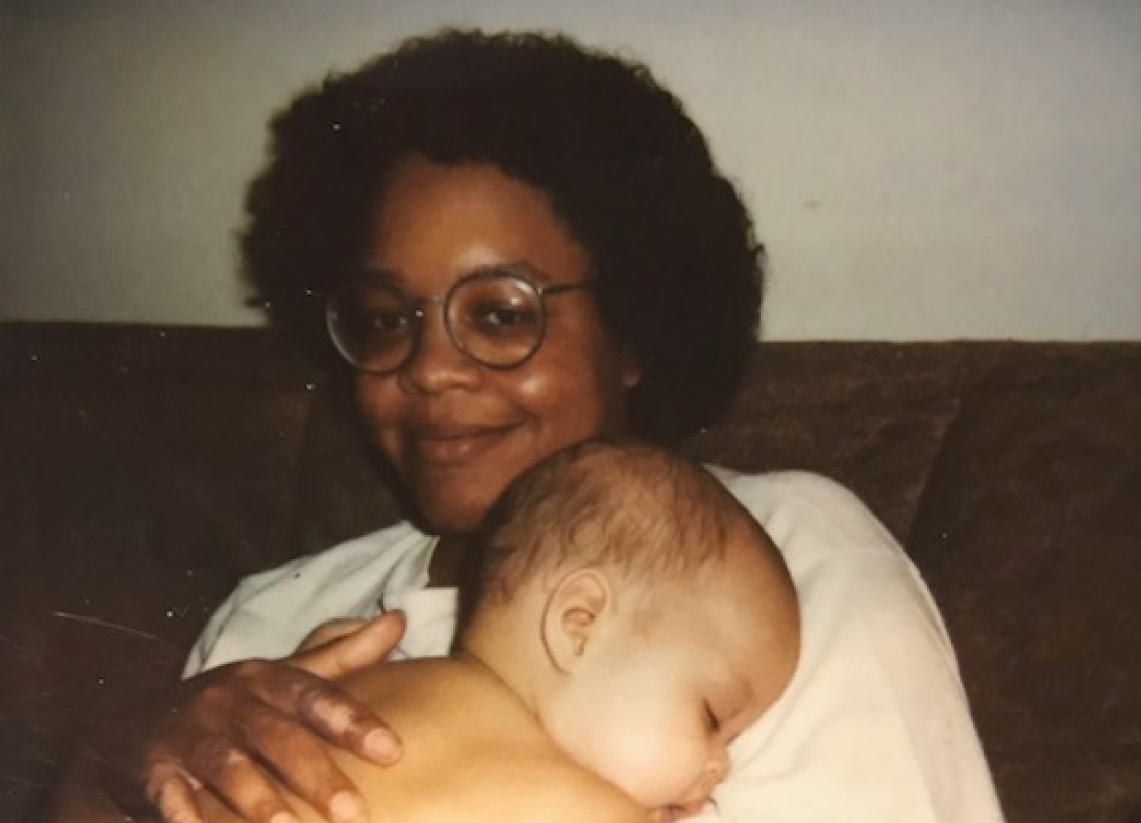
“My third-grade teacher called my parents after I almost passed out during recess,” Tomisa S. (dx 1993) recalls of her initial experiences with scleroderma. “Later that day, my mother took me to my pediatrician, and my bloodwork seemed to show there was something wrong.”
Tomisa’s symptoms began when she started experiencing joint paint at age six. By eight, she was experiencing shortness of breath during physical activities and occasional lightheadedness. At the time, her pediatrician attributed the symptoms to a mild case of rheumatic fever.
To slow the progression of the disease, Tomisa was prescribed medication, however, her condition began to progress internally. “I continued to have shortness of breath, fatigue, and GI problems,” she says. Over the years, her symptoms evolved, but it wasn’t until 1993 that she received an official diagnosis.
“It is vital to get a consult from an experienced scleroderma physician who can examine your skin and order autoantibody testing,” Tomisa explains. “Only after I was able to do this, I learned that I have diffuse systemic scleroderma.”
After raising her daughter, Tomisa returned to college to pursue a degree in mathematics. But her health challenges made it nearly impossible to continue.
“I needed to be on campus for several hours each day, but I couldn’t carry enough oxygen cylinders to attend full time,” she explains. “Eventually, I had to drop out.”
Despite the challenges, Tomisa’s is passionate about embodying self-advocacy. “While living with scleroderma, I have learned that life with an autoimmune disease can be hard and sometimes lonely. I’ve always been determined— when you’re battling a life-threatening disease, perseverance is key,” she says. “You just have to keep fighting. Don’t give up.”
Today, Tomisa is passionate about supporting scleroderma research. “Scleroderma research is important to me because studies have shown outcomes for African Americans with scleroderma are poor. I think my experience is typical of African Americans with scleroderma, unfortunately.” she says. “Research results in improved treatment methods, and that’s why the SRF matters.”
“I want stories like mine to be a thing of the past,” she says. Thank you, Tomisa, for sharing your story and helping to shine a light on the challenges faced by the scleroderma community.

